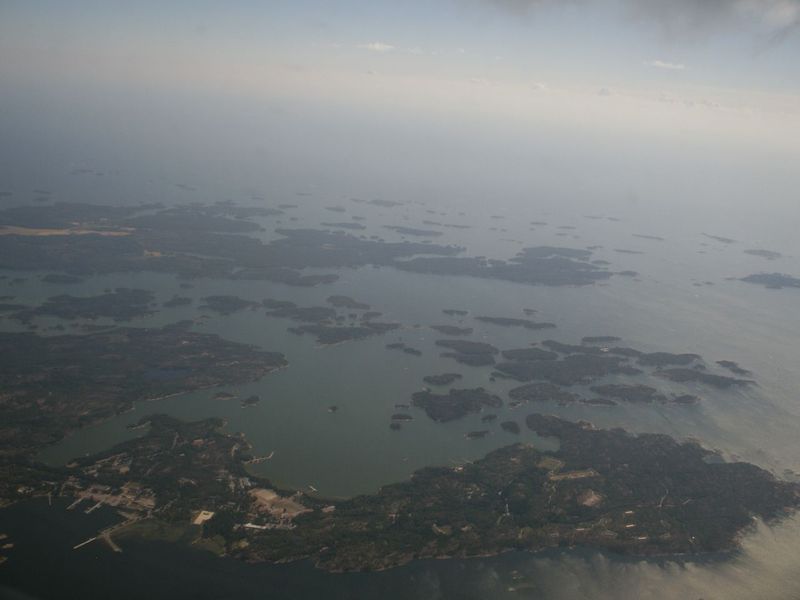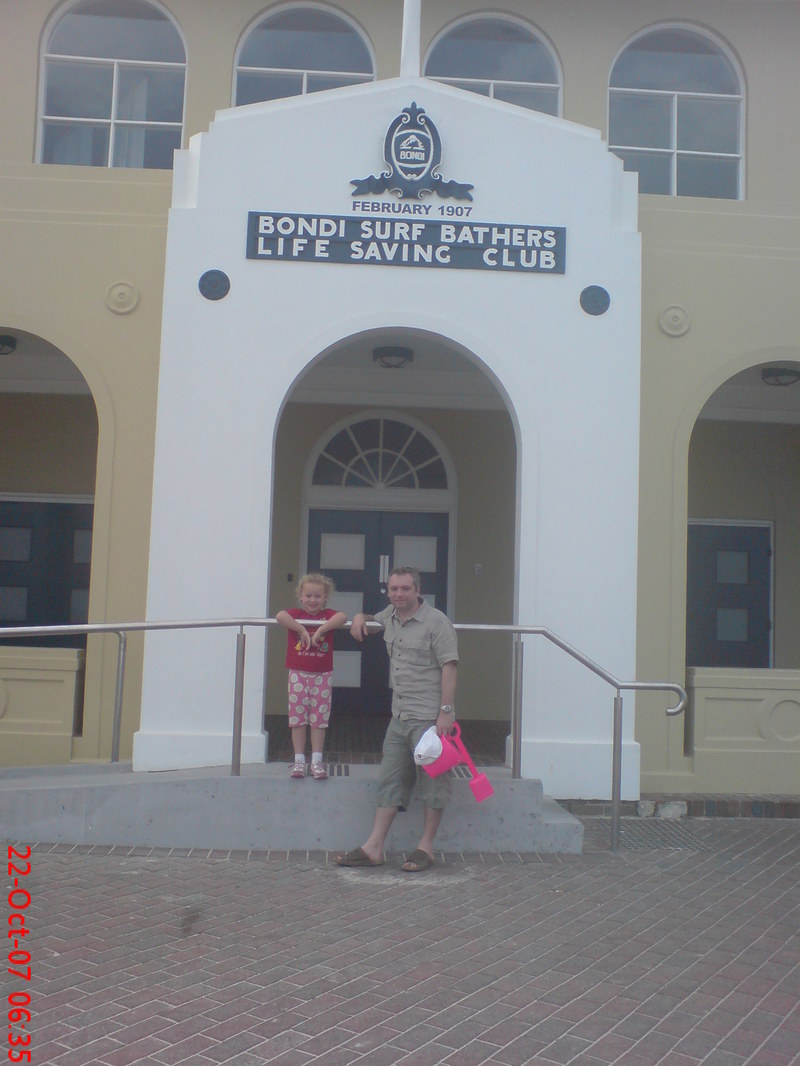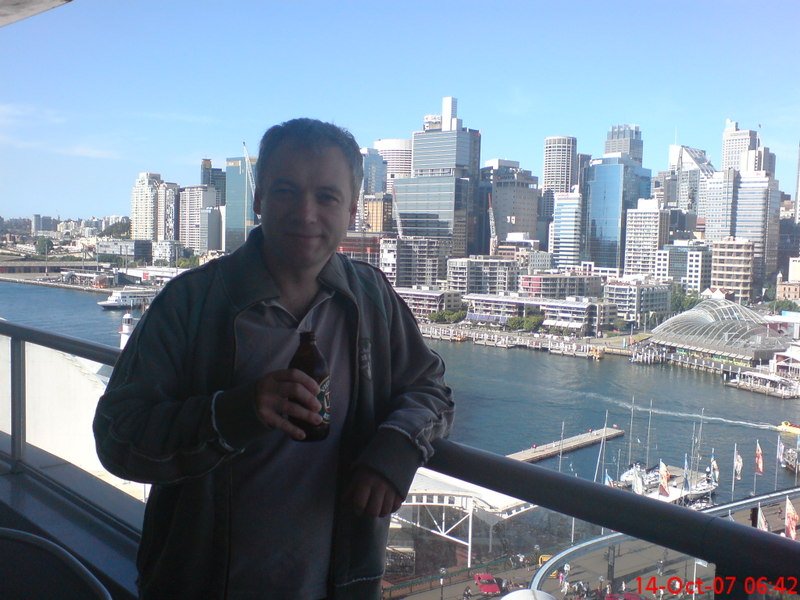(slight apology for repeating elements from previous posts, but worth gathering in one place).
One of the things I've been thinking about here in Sydney is how learning design can help bridge the gap between web 2.0 and higher education. I'm writing a paper on this which sets out the argument in detail, but I'll post elements of it here as I go along.
One issue I think web 2.0 raises for education is about the granularity of education. I've blogged before about the granularity of ideas, so this is extending that a little.
The digitisation of content and its frictionless distribution on a global scale is challenging many of the assumptions we have about the format of content and the underlying business models that support these. Often these are so ingrained in our view of the content and its related businesses that we do not even recognise them as assumptions.
Prior to digitisation, all content was bound up in its physical form. That is, you had to buy or obtain, the physical copy of a book, CD or DVD. The business models followed the demands of this physical form – CDs require production, packaging, storage, distribution and retail. The record company and record stores are thus a logical necessity in a market for music CDs. But with the digitisation of content many of these demands disappear. MP3s can be distributed freely online, they do not require production (in the physical format sense), or a distribution network.
What web 2.0 adds to this process is the removal of the filtering function performed by intermediaries, which were a necessary part of the model. Prior to the internet artists could make tapes or CDs of their own music and try and bypass the record companies, but they lacked the distribution network. With the advent of the internet they had access to a potential global distribution method, but they lacked the promotion and means of people finding their music. With web 2.0 content discovery is facilitated through services such as LastFM and iTunes, whereby users can find recommendations, see similar artists and people with similar tastes. Thus the filtering process of the record companies is also removed.
This leads to some profound implications for content industries, including newspapers, television, music, film, etc. For instance in the music industry, record companies are beginning to be disintermediated by artists, with artists (e.g. Radiohead) offering free downloads of their albums.
It also changes the nature of our relationship to content. Weinberger says of music
"For decades we've been buying albums. We thought it was for artistic reasons, but it was really because the economics of the physical world required it: Bundling songs into long-playing albums lowered the production, marketing, and distribution costs ... As soon as music went digital, we learned that the natural unit of music is the track.”
Education has some similarities with content industries, but also some significant differences. However, it is worth considering whether we hold similar assumptions about the granularity of education as we held about the granularity of music, which would be subject to change with digitisation of content and provision of online services. Higher education, as we normally conceive of it, is typified by the undergraduate degree course. This takes 3-4 years continuous study, comprises a number of modules, has regular exam and assessment sessions, is taught face to face, and students are assessed in terms of the knowledge they demonstrate of the taught modules. There are, of course, variations to each of these elements – study can occur at a distance, it can be part-time, assessment can be portfolio and continuous, there can be breaks in study, etc. But each of these adaptations is usually mapped on to the existing, standard model. They represent modifications to it, not replacements.
However, it may be that many of these assumptions are bound up in the economic models that have their roots in the physical aspects of education. For example, if you are requiring students to come to a physical campus, then it makes sense to bundle all their modules in to a short time span to minimise inconvenience and to manage staff time. If the assessment is then based on an exam, it similarly follows that you package this up into one event. These restrictions have then moulded what we deem to constitute a higher education experience, but like the album, perhaps this packaging is merely a product of the physical format, not a ‘natural’ means of structuring it. Even when courses have moved online, they have usually followed similar conventions in terms of length and assessment.
The digitisation of content, and perhaps more significantly, dialogue, means that the type of learning event we can include and assess now changes. It is not just the standard lecture, but can include video, blogs, podcasts, etc. It can also include discussions between learners, in the form of asynchronous text forums, recorded virtual meetings, instant messaging transcripts, etc. So the type of content we assess the student’s understanding of changes, which will inevitably have consequences for the way we assess it. The formal exam or multiple choice question bears little relationship to the student’s experience when connected to such a range of media.
Just as blogs allow us to have varying sizes in our academic writing, from single links and comments to full essays, so user generated learning designs might facilitate a wide range of 'course' sizes.
Oh, and a gratuitous whale watching picture taken by the boat camera we were on (sometimes a phone camera isn't up to the job):





